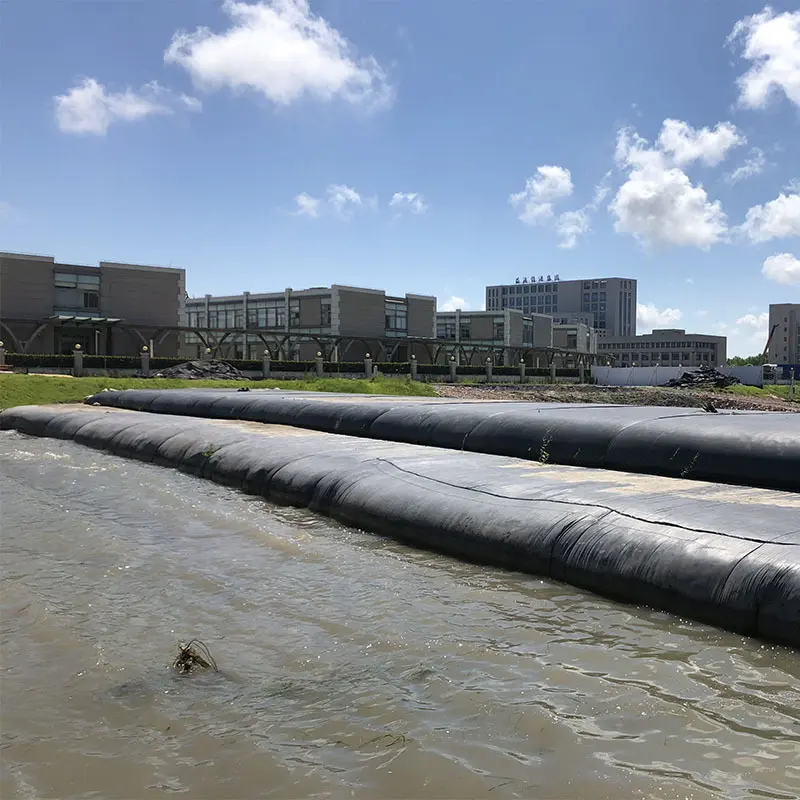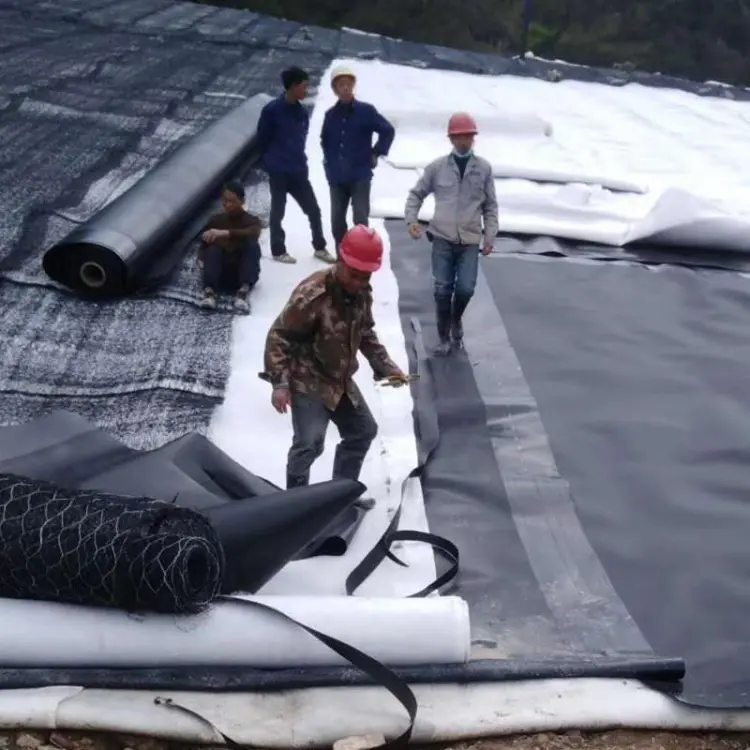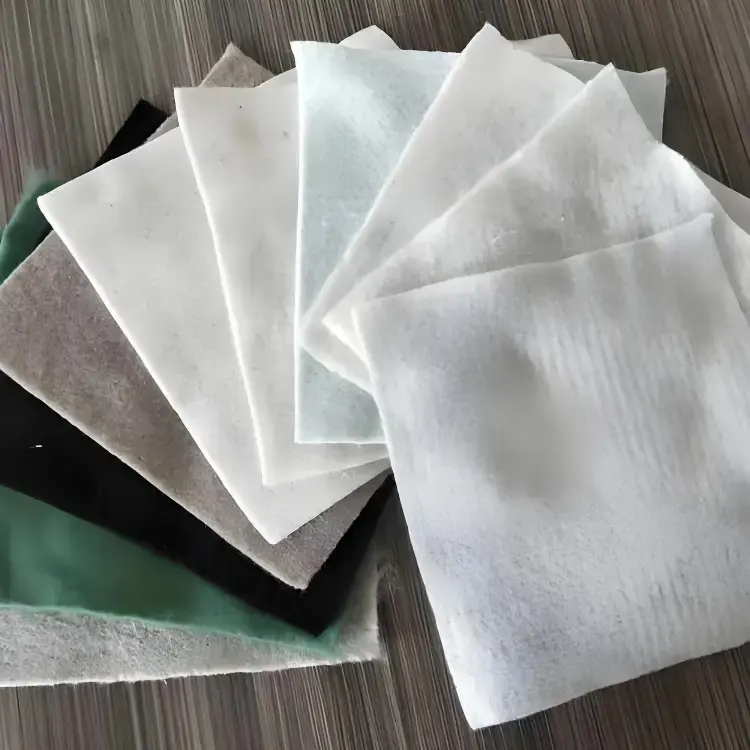Traditional dewatering methods often face challenges such as high equipment investment, significant energy consumption, and secondary pollution risks. Geotextile tubes and bags dewatering, an emerging technology, effectively addresses these issues with unique advantages.
Ⅰ. Solving Equipment Investment & Energy Consumption Challenges
(Ⅰ) Eliminates Large Equipment & Facility Costs
Geotextile tube technology requires no large-scale construction or complex equipment. A small team of non-specialized operators can complete the process. Its filtration relies on two mechanisms: the engineered equivalent opening size (EOS) of the woven fabric and internal hydraulic pressure. For example, at Zhangshu City’s Caoxi River project, intelligent chemical dosing and tube dewatering increased efficiency by 40% while reducing energy consumption by 30%.
(Ⅱ) Zero Electricity Dependency
The dewatering process consumes no external energy, aligning with energy-saving policies. It combines physical filtration and pressure dewatering, where water permeates through the tube via gravity, pressure, or vacuum, while solids remain confined.

Ⅱ. Eliminating Secondary Pollution Risks
(Ⅰ) Fully Enclosed Operation
Dewatering occurs within sealed geotextile tubes and bags, preventing odor dispersion and dust pollution from exposed sludge. This closed system generates minimal noise and eliminates environmental contamination.
(Ⅱ) Secondary Pollution Control
Flocculants and stabilizers can be added to accelerate solid-liquid separation and immobilize heavy metals/harmful substances. In one dredging project, residual water pollutants after treatment consistently met national GB standards.
Ⅲ. Overcoming Sludge Efficiency & Resource Recovery Challenges
(Ⅰ) Rapid Volume Reduction & High Efficiency
This technology reduces sludge volume by over 90% within one month. Such rapid consolidation simplifies subsequent removal and handling.
(Ⅱ) Resource Utilization
Dehydrated solids can be directly backfilled or reused as planting soil, converting waste into valuable resources. For instance, treated sludge from a mine wastewater project was repurposed for land reclamation, slashing disposal costs.
Conclusion
Geotube technology demonstrates significant economic, environmental, and efficiency advantages in dewatering applications. It resolves traditional limitations—high costs, energy demands, and pollution risks—while enabling rapid volume reduction and sludge resource recovery. As the technology evolves, it will play an increasingly vital role in dewatering engineering.

